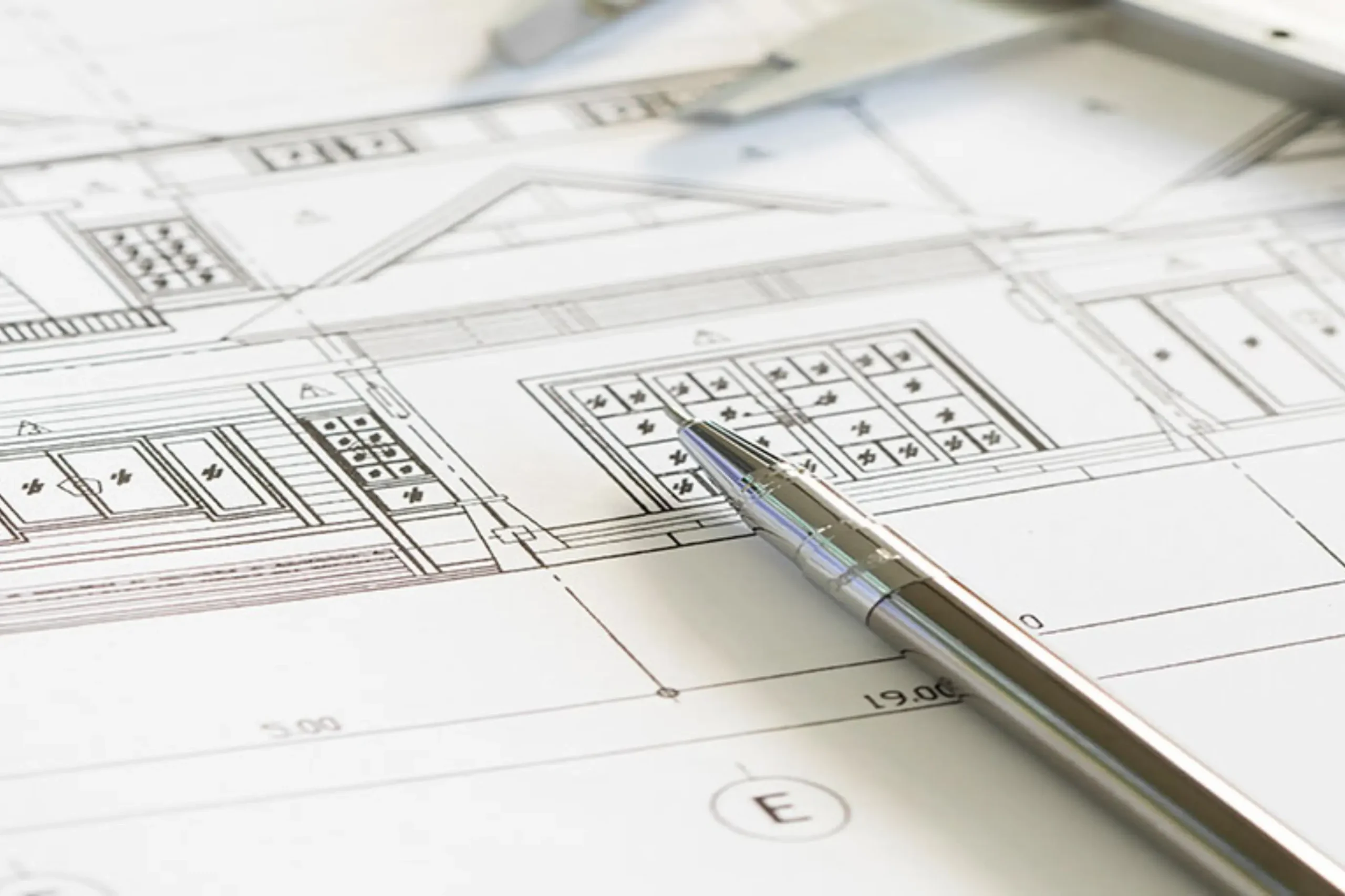In the era of environmental consciousness and sustainable development, green building design methods have emerged as a powerful tool for transforming the construction industry. By integrating advanced technologies and innovative approaches, these methods not only minimize environmental impact but also enhance the efficiency, comfort, and longevity of modern-day buildings. Let’s delve into how the use of advanced green building design methods is revolutionizing construction practices and shaping the future of our built environment.
Harnessing Sustainable Technologies for Efficiency:
- Energy-Efficient Design: Advanced green building design methods prioritize energy efficiency through strategies such as passive solar design, natural ventilation, and high-performance building envelopes. By optimizing building orientation, insulation, and shading, these methods reduce energy consumption and operational costs while enhancing indoor comfort and occupant satisfaction.
- Renewable Energy Integration: Green building design incorporates renewable energy technologies such as solar panels, wind turbines, and geothermal systems to generate clean, renewable power onsite. By harnessing renewable energy sources, buildings can achieve net-zero or even net-positive energy consumption, significantly reducing their carbon footprint and dependency on fossil fuels.
- Water Conservation: Green building design incorporates water-efficient fixtures, rainwater harvesting systems, and greywater recycling technologies to minimize water consumption and promote sustainable water management. By reducing water demand and runoff, these methods mitigate strain on municipal water supplies and help preserve precious natural resources.
Promoting Health and Well-being Through Biophilic Design:
- Biophilic Design Integration: Advanced green building design embraces biophilic principles, integrating natural elements such as daylight, vegetation, and natural materials into the built environment. By fostering connections with nature, biophilic design promotes health, well-being, and productivity among building occupants, enhancing their overall quality of life.
- Indoor Air Quality Enhancement: Green building design prioritizes indoor air quality through measures such as low-emission materials, adequate ventilation, and air filtration systems. By minimizing indoor pollutants and allergens, these methods create healthier indoor environments that support respiratory health and reduce the risk of airborne illnesses.
- Thermal Comfort Optimization: Green building design employs passive design strategies and advanced HVAC systems to optimize thermal comfort and reduce reliance on mechanical heating and cooling. By maintaining stable indoor temperatures and minimizing temperature fluctuations, these methods enhance occupant comfort and satisfaction throughout the year.
Embracing Circular Economy Principles for Sustainability:
- Material Lifecycle Management: Advanced green building design adopts circular economy principles, prioritizing the use of sustainable materials, recycling, and reuse throughout the building lifecycle. By minimizing waste generation and maximizing resource efficiency, these methods reduce environmental impact and promote a more sustainable approach to construction and demolition.
- Building Performance Monitoring: Green building design incorporates building performance monitoring systems and data analytics to track energy consumption, water usage, and indoor environmental quality in real-time. By continuously monitoring and optimizing building performance, these methods ensure that sustainability goals are achieved and maintained over time.
- Resilience and Adaptability: Green building design integrates resilience and adaptability features to withstand environmental challenges such as extreme weather events, natural disasters, and climate change impacts. By enhancing building durability, flexibility, and redundancy, these methods improve resilience and ensure long-term viability in a changing world.
In conclusion, the use of advanced green building design methods represents a transformative shift in modern-day construction practices, promoting sustainability, health, and resilience in the built environment. By harnessing sustainable technologies, embracing biophilic principles, and embracing circular economy principles, these methods empower architects, engineers, and developers to create buildings that not only meet the needs of today but also safeguard the well-being of future generations. As we strive towards a more sustainable and resilient future, the adoption of advanced green building design methods stands as a beacon of innovation and progress in the construction industry.


